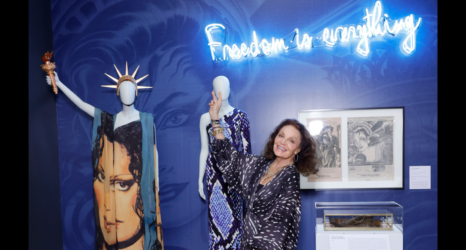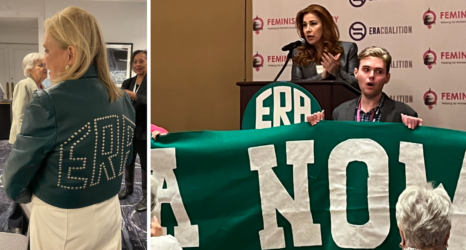It looks like the trend of gender-balanced children’s movies might be here to stay.
Today marks the release of Strange Magic, an animated musical by Disney that revolves around the fairytale adventures of two sisters. This latest addition to the growing list of girl-centered kids’ movies comes from an unlikely source: Star Wars creator George Lucas. He may have created a pop culture empire that spoke to the imaginations of young boys, but Lucas has been working on this passion project for nearly 15 years.
In an interview with CBS News he said that while his son inspired him to create Star Wars, his three daughters gave him the vision for Strange Magic.
I did Star Wars for 12-year-old boys. I have three girls, and I used to read Wizard of Oz to my daughter all the time and I just figured I’ll make one of these [children’s movies] for girls because you’re not supposed to make movies for girls.
It’s no secret that Hollywood can be a boy’s club. Reports show that women comprised only 7 percent of the directors and 11 percent of the writers of last year’s highest-grossing films. Since women directors and writers are more likely to tell stories centering on women’s experiences, the dearth of women behind the camera leads to male prevalence on screen: less than one-third of speaking roles in films in 2012 belonged to women.
Plus, according to a study of children’s films conducted by the Geena Davis Institute on Gender in Media, only 28 percent of characters in both real and animated G-rated films released between 2006 and 2009 were female and only 17 percent of the narrators were girls.
The Institute also examined the female leads of the top-grossing children’s movies from the past several decades and found that nearly all of the female characters were primarily valued for their physical beauty, and that their aspirations were usually romantic—rather than professional or social—in nature.
When young girls are steadily fed this media diet, they grow into women who believe that looks and approval from the opposite sex matter above all else. Having children’s films with multi-dimensional women/girl protagonists goes a long way to ensuring that future generations of women will see themselves as actualized individuals instead of passive adornments.
Lucas is only the latest director to realize that making gender-balanced movies just makes sense (and dollars.) Frozen, a tale that also centered on the love between two sisters, was the highest-grossing animated film of all time, while Brave, the story of a Scottish lass on a quest to change her destiny, was a box office success as well. It’s clear: Children’s movies with fair gender representation resonate with audiences.
Lucas gets it. When the CBS reporter asked him if he felt audiences would be less interested in a “girl movie,” the industry heavyweight simply replied:
“I think girls go to the movies just like anybody else.”





